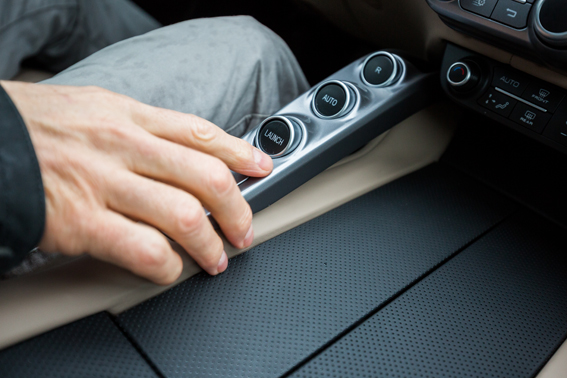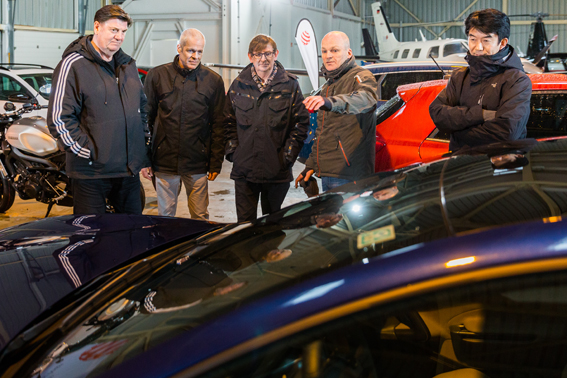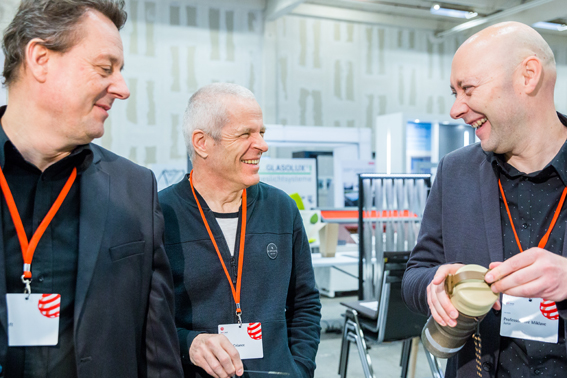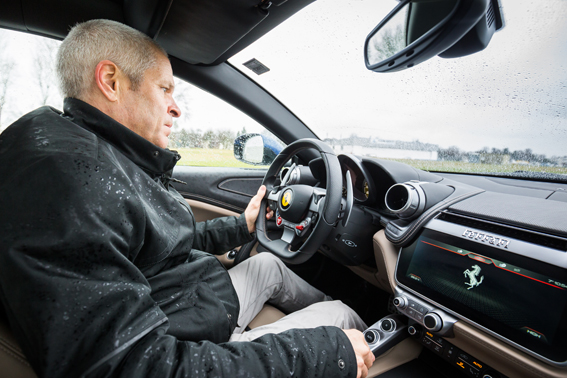„The reality is often more complex”: interview with Red Dot juror Vincent Créance
At the heart of the Red Dot Award: Product Design is its jury. 39 experts from all over the world assessed each individual object, that was entered in 2017, live and in situ in a process spanning several days. Only designs that won over the jury with their high design quality were awarded the sought-after Red Dot. This year again, Vincent Créance from France contributed to the decision making with his expertise.
Vincent Créance, born in 1961, graduated from the Ecole Supérieure de Design Industriel. He started his career at the Plan Créatif Agency and later joined Alcatel as design director for all telephone activities and later became vice president Brand for Alcatel Mobile Phone. In 2006, Vincent Créance was appointed president of MBD Design, one of the principal design agencies in France, providing design solutions in transportation and product design. He is a member of APCI (Agency for the Promotion of Industrial Creation) and the ENSCI–Les Ateliers (National College of Industrial Design) board of directors, as well as a member of the scientific advisory board of Strate College. In an interview, Vincent Créance talks about design principles, skills and challenges.
How do you balance functionality and aesthetics in industrial design?
Vincent Créance: This question reminds me immediately of the famous adage “form follows function”. Even if it is always true in many areas, we must admit that the reality is often more complex. Luxury goods – for example – demonstrate sometimes exactly the contrary! I believe we have to use different precision scales, according to each domain. In fact, find the good balance – never the same each time – is often one of the most delicate issue applied to industrial design. I don't believe in recipes or doctrines to find the good equilibrium point, I think we must trust our common sense and feeling.
You have taken part in the design of high-speed railway, what do you think is the most important design principle in the application of industrial design in urban infrastructure rolling stock (or trains) construction?
One of the main issues in rolling stock is the longevity of the design; it often lasts 15 to 20 years between the first sketches and the first renovation program. Needless to say that it is wise to beware of the latest ephemeral trends... and it is also naive or arrogant to believe that what your design will be still up to date 20 years later! I believe that the best way to avoid old fashion issue is to design as simple as possible, and to try to give as much as possible a strong personality to your proposals, yet always acceptable to everyone. It doesn't matter to see immediately that a design belongs to the ninety's, as long as it has been well designed: Porsche 911 coming from the sixty’s obviously “dated”, but still relevant and beautiful. Another specific skill needed in interior design is the ability to answer very various individual expectations, in a collective space. To give to everyone the feeling that it is “your” place, despite it is shared by thousands of travellers.
In other words, a designer working for mass transit systems must forget his ego, if he wants to succeed to satisfy the biggest number of travellers.
What do you think is a good design?
We often consider that good design is the ability to make the best synthesis as possible between multiple – and sometimes contradictory – aims and targets, in an innovative and aesthetic manner: brand image, technical, marketing, distribution, price, performance, sustainability, etc. I personally consider also industrial design as an economic weapon: good design must contribute to earn money! Above all, I believe that the most efficient way to reach good design is to consider it as a “massive seduction weapon”. Addressing emotion is more powerful than addressing reason: good design first speaks to the heart!
» Further information on the Red Dot Award: Product Design
» Red Dot jury 2017




